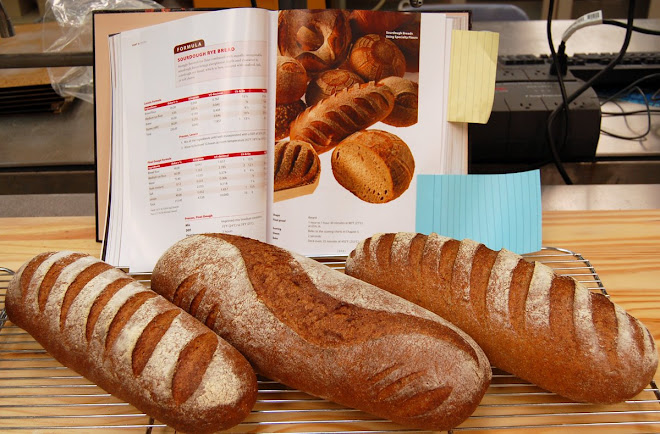OTHER FOOD RHEOLOGY PRIMERS: it might help look with these different perspectives
-From
Pawan Takhar, Ph.D.Assistant Professor - Food Engineering at Texas Tech U.
apps.depts.ttu.edu/afs/home/ptakhar/Teaching/Rheology/IntroRheology_ptakhar.ppt
If the link does not work try typing "rheology ptakhar" into gOOgle; it should be the first hit.

-From Dr Mukund V Karwe (http://foodsci.rutgers.edu/karwe/) from Rutgers Food Science
http://www.scribd.com/doc/7469395/Food-Rheology

Why food rheology ?Why might a school - not us - have an entire department devoted to food rheology ?
http://www.cals.ncsu.edu/foodrheology/

There are entire symposiums devoted to food rheology - for example -
The International Symposium on Food Rheology and Structure - ISFRS 2009Proceeding from the last 3 symposia can be found here
https://www.isfrs.ethz.ch/proc/index And food rheology hits the big time in 2005...
And food rheology hits the big time in 2005...This abstract from NATURE
http://www.nature.com/nmat/journal/v4/n10/abs/nmat1496.html could be a interesting read too. You should be able to access the full text PDF from a OSU based computer. Raffaele Mezzenga is an Assoc. Prof. at the Polymer Physics Group of
Université de Fribourg Universität Freiburg in Switzerland.
If anyone develops a deep interest in this aspect of food science - this free pdf book by Prof. James F Steffe of Michigan State U. is a good resource...
http://www.egr.msu.edu/~steffe/freebook/offer.html
 WHY STUDY FRENCH FRY CRUST FRACTURE MECHANICS ?
WHY STUDY FRENCH FRY CRUST FRACTURE MECHANICS ?Kelly Ross and Martin Scanlon. A fracture mechanics analysis of the texture of fried potato crust. Journal of Food Engineering 62 (2004) 417–423.
Well according to the authors, and I quote, "
In spite of their [potatoes] economic importance, the potato processing industry has had difficulty in evaluating and controlling one of the french fry’s most important quality attributes––fry texture".
The aim was then...
"
an investigation of the fracture properties of the crust of fried potato. As stated by Lima and Singh (2001a), there is a paucity of information on the mechanical properties of this component of a very popular processed food. Well defined measurements of mechanical properties are especially important for engineering modelling of the effect of given unit operations on the texture of individual regions of the fry".
An answer looking for a problem ? Maybe.

 The shiny stripe along the top of the cut is where the gums have hydrated and penetrated the soil cracks. This has been partially successful and (fingers crossed) the section past the step in the wall is still OK. The closer section caved in well behind where the stabilizers were placed - taking the whole lot with them.
The shiny stripe along the top of the cut is where the gums have hydrated and penetrated the soil cracks. This has been partially successful and (fingers crossed) the section past the step in the wall is still OK. The closer section caved in well behind where the stabilizers were placed - taking the whole lot with them.












